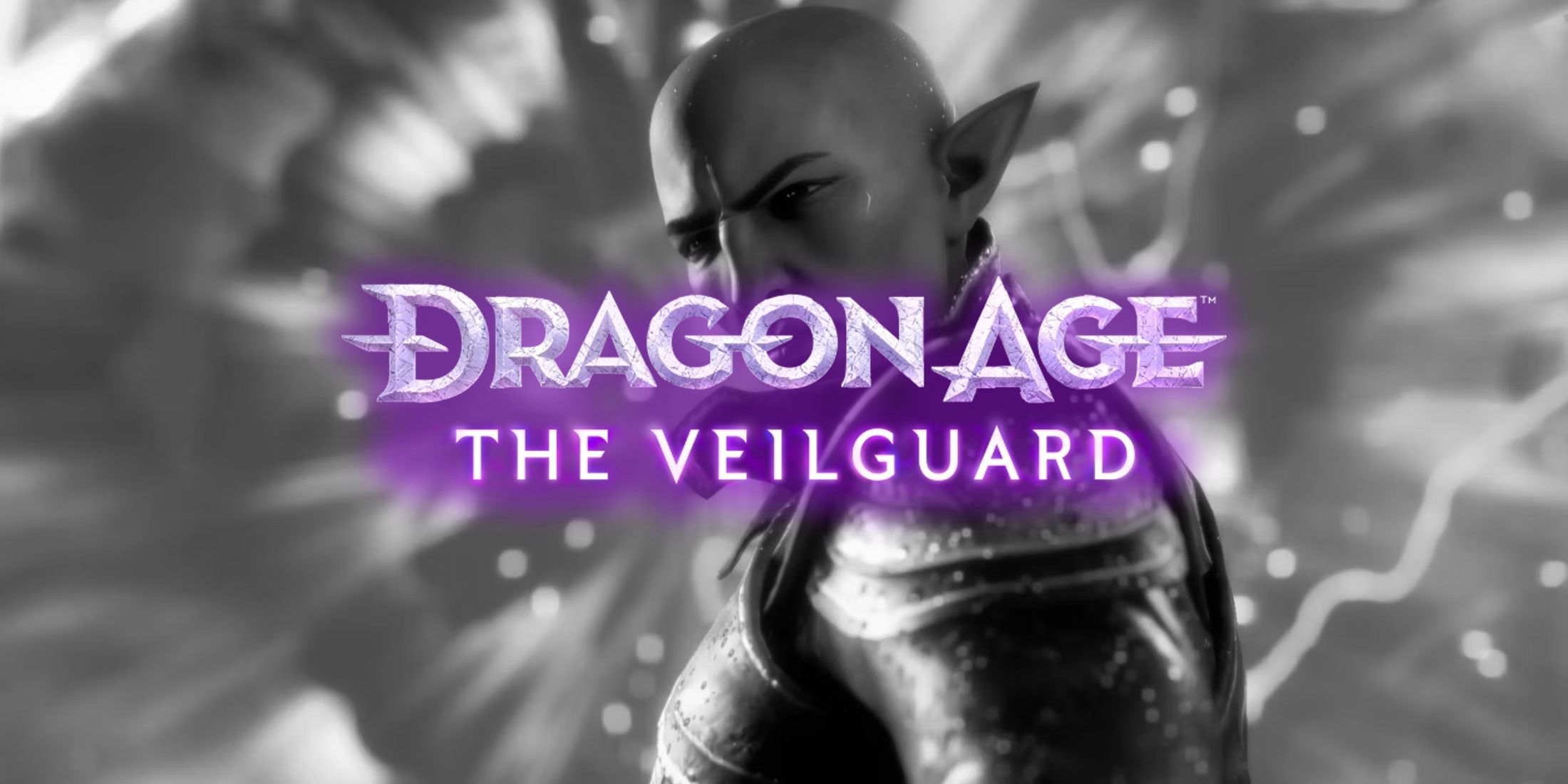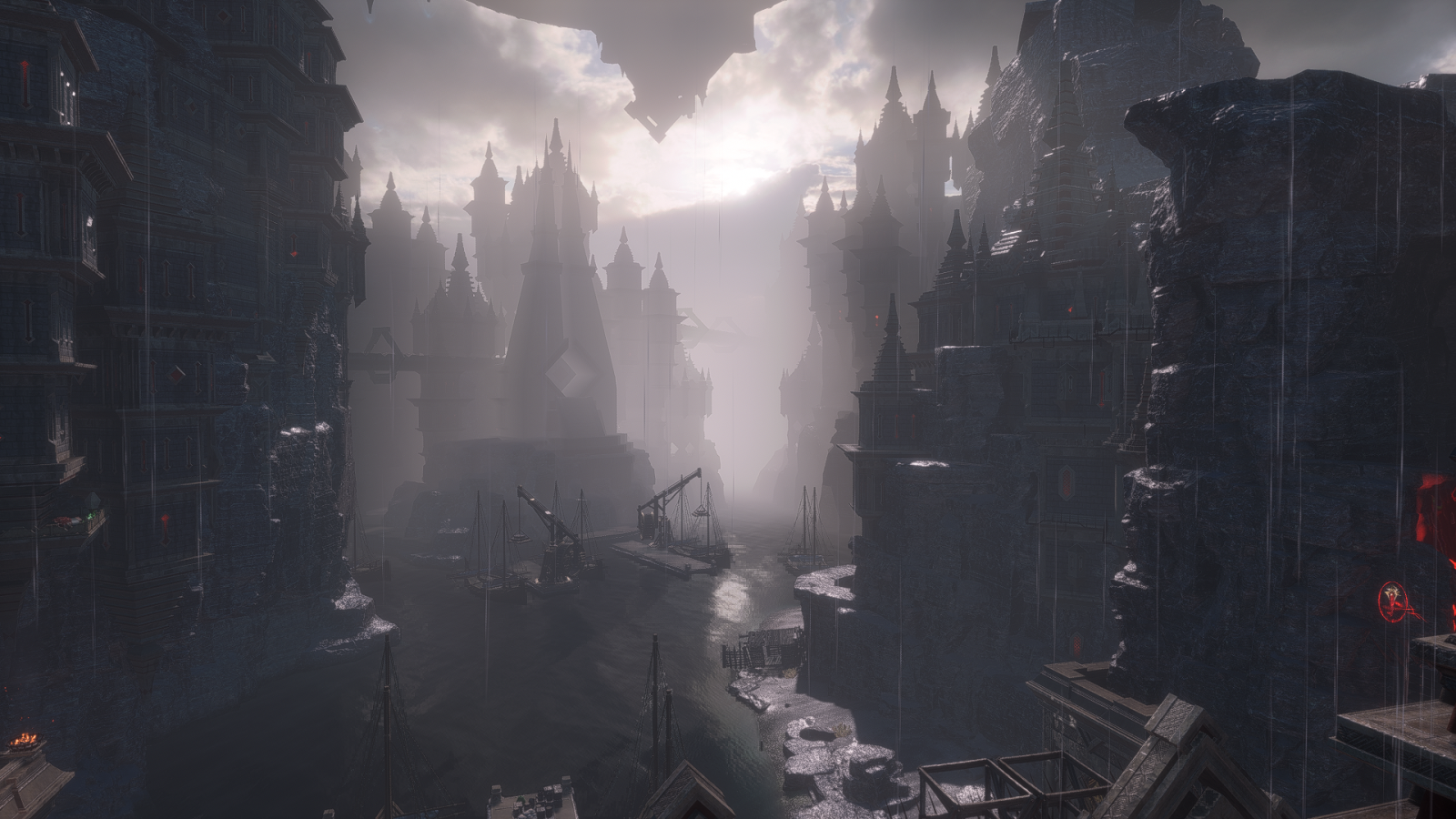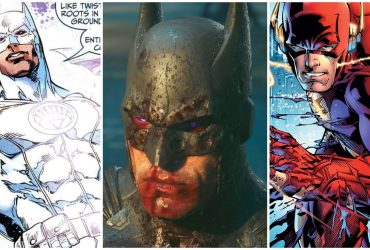Dragon Age: The Veilguard has elicited some mixed reactions from players, but one thing that almost everyone can agree on is its impressive visual fidelity. Opinions about BioWare’s pivot in art style aside, Veilguard is a fairly stunning artistic product, especially on PC, where it makes the most of modern hardware available to offer strong visuals and performance.
Among the suite of tools that Dragon Age: The Veilguard leverages on PC are various upscaling software. The game is compatible with AMD FSR, Intel XeSS, and, of course, NVIDIA DLSS 3, which seems to have the greatest impact on visuals and performance. This is particularly evident through 3rd-generation DLSS features like Frame Generation, which greatly smooths out the game via interpolation. I had the chance to test Dragon Age: The Veilguard with an NVIDIA RTX 4060, gaining some insight into how the game looks and plays on a lower-end 40-series GPU.

Related
How Dragon Age: The Veilguard Keeps One Funny Franchise-Long Tradition Alive
Dragon Age: The Veilguard turns a lot of common franchise elements on its head, but the way it keeps one franchise tradition alive is quite funny.
Dragon Age: The Veilguard On an RTX 4060: The Good, the Bad, and the Ugly
Dragon Age: The Veilguard Runs Great On 40-Series GPUs—Most of the Time
As already mentioned, Dragon Age: The Veilguard is a remarkably good-looking game: textures are rich and detailed, draw distance is vast and expansive, and ray-tracing effects help lighting reflect brilliantly and convincingly off metal, glass, water, et cetera. Naturally, Ultra settings across the board will net the greatest amount of detail and VFX, but the game still looks surprisingly good on lower settings.
DLSS 3 is what really helps Veilguard shine, though. Enabling DLSS and Frame Generation can result in a massive increase in FPS—up to 30 frames in certain areas—without a noticeable sacrifice in visual fidelity: on Balanced, with all settings turned up to Ultra, I was able to settle into a fairly comfortable 75FPS for most of my time with the game. DLSS 3 is a major improvement over its predecessor, and that really shines in Veilguard: there is little to no artifacting with DLSS enabled, nor is there the screen door effect that can sometimes be observed in earlier generations of the software. That said, Ultra Performance can make the game look quite washed-out and unappealing, and the additional frames it offers won’t be worth the loss of visual quality for most players.
While Veilguard almost always managed to run above 60 FPS, I experienced a good amount of stuttering in certain areas, especially with ray-tracing turned on. This issue was exacerbated by the fact that, for whatever reason, I could not seem to set a maximum framerate within the application: I attempted to cap my FPS at 60 in Veilguard‘s settings, but the game would continue to target 75 FPS, resulting in some frustrating inconsistency that undermined an otherwise solid experience.
Aside from an RTX 4060, my setup includes an AMD Ryzen 7 5800X and 32GB of RAM. I also
tested
Veilguard
with AMD FSR
, which resulted in fewer frames and worse overall visual quality than with DLSS.
I also encountered a disappointing amount of screen-tearing, which seemed to come in phases and at random. As a result, we recommend turning on Vsync in the Nvidia Control panel, rather than using app settings (which is the default)
Overall, Dragon Age: The Veilguard is a solid showcase of NVIDIA’s DLSS 3 software. Issues that are ostensibly on the side of the application, like the problems with FPS capping and screen-tearing, may be patched to allow for better performance down the road. But for now, anyone with a lower-end 40-series GPU looking to pick up Dragon Age: The Veilguard has some pretty sights to look forward to—as long as they’re willing to put up with some warts here and there.












Leave a Reply